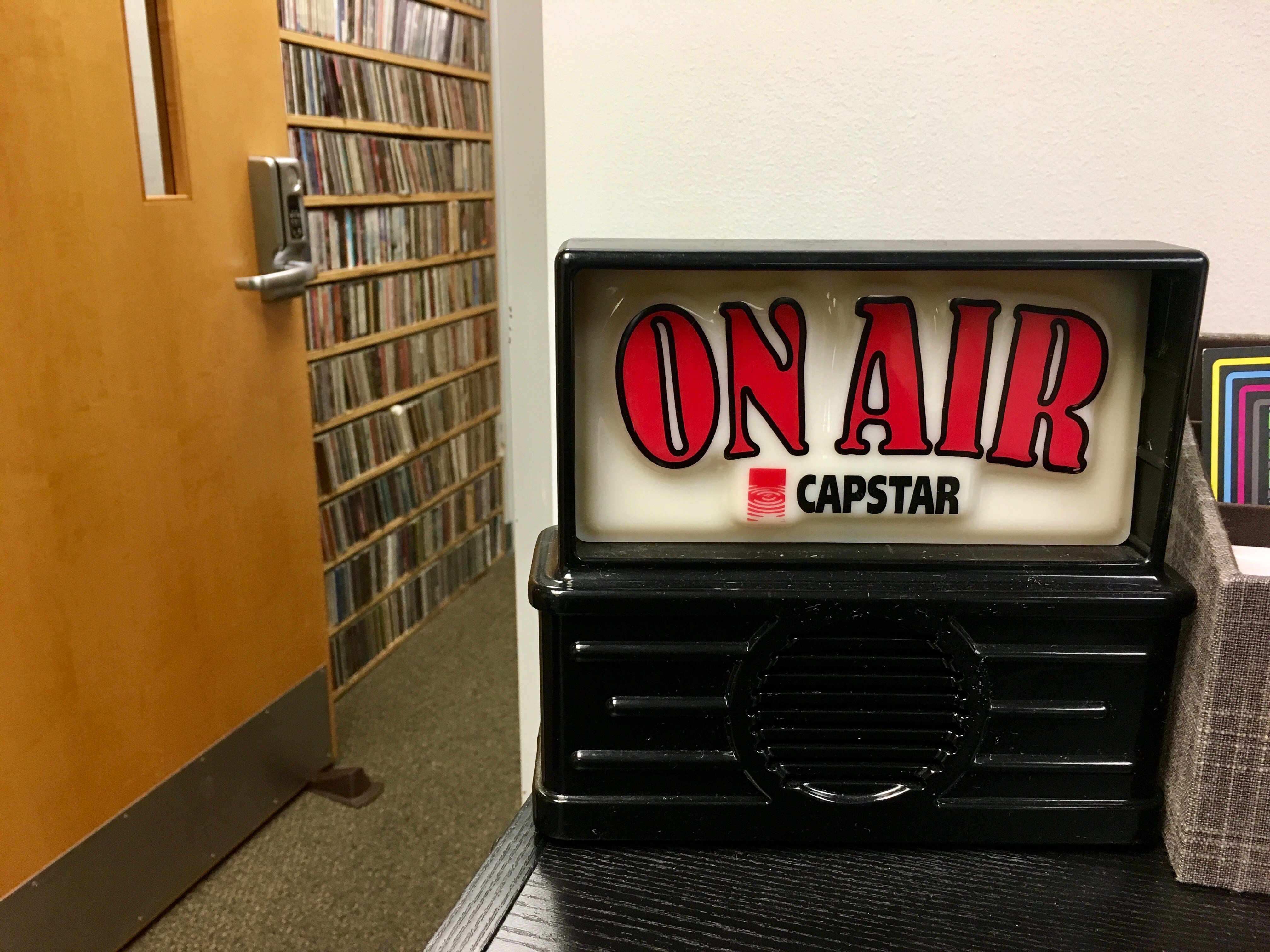“Dead air” is the not-so-technical term used in broadcasting for an unexpected interruption of a radio or television signal, when there is nothing transmitted. A more lyrical expression could be the title of the first Simon and Garfunkel hit: “The Sound of Silence.”
While there was no actual silence on the airwaves of the student-operated radio station WHUS after the COVID-19 pandemic disrupted daily operations at UConn just before spring break– the station’s automation system churned on with pre-programmed music – the student leadership of WHUS wanted to return to original programming as soon as possible. But there was a problem: the broadcast studio is located inside the Student Union, which was closed in response to the pandemic.
“There was a lot of texting with the operations group and we had a really long call about the possibility of creating content remotely over the air, allowing DJs to record shows on whatever equipment they had and upload it to our server,” says Ally Urban ’20 (BUS), the station’s general manager for the past year. “We didn’t just want to be on automation. It was important to create original content.”
WHUS normally broadcasts more than 100 music shows, each covering a diverse variety of music, on 91.7 FM to an audience in Connecticut, southern Massachusetts, and western Rhode Island. The station also has public affairs, news, and talk programs, and broadcasts a variety of Husky team sports over the air and on digital platforms throughout the year.
Over the past month, WHUS program hosts have been able to create approximately 25 hours of new, original programming per week. Each morning there are rebroadcasts of recent programs from the weekend. The station also has an active group of bloggers and writers posting on its website, and many student DJs have now added record reviews and other pieces about favorite musicians.
Jason McMullan, program coordinator for the station, says many of the show hosts were concerned about having the proper equipment at home. Many students store their music on laptops or mobile devices that can be played through a channel on the broadcast control board. They also did not know if their own computer microphones would be good enough for broadcast-quality sound recorded into their computers. McMullan developed a how-to guide for recording and editing programs at home, using free digital editing software.
“I told them then– and honestly it’s still true today because we’re operating remotely — it’s OK for us to make content that’s a little bit rough around the edges when all the major networks are putting out shows that people are making from their bedrooms,” he says. “It’s not that bad for us to do that, too. Some people are benefitting from having a creative project to work on while at home and missing out on a lot of their normal activities. We are putting out original material for our audience, who I think also benefit from it.”
Kara Murray ’20 (CLAS), the station’s outgoing news director, says there were challenges in making the adjustment from doing a live radio broadcast to recording her program.
“Doing it live, I wasn’t thinking about what I was going to say. I was able to riff and talk,” she says. “It was easier to say whatever was on my mind. It took me a couple of tries because I was thinking about how it would sound, wanting to make it as good as possible. Doing a show live, it goes out there and whatever happens, happens. Doing it at home with the door shut, picking songs and trying to put it all together, it’s definitely a lot harder.”
Several of the program hosts from the greater University community also have been recording their shows. One of the first to submit a recorded program were Mike Pacholski and John Hurchala, the longtime hosts of “As the Polka Turns,” a Saturday morning staple at WHUS from 9 to 11 a.m. Programming continues to include a variety of musical styles, health information, and public affairs shows.
A new member of the student staff, Zach Kopacz ’23 (ENG), submitted his first program, a radio musical theater presentation focused on Joe McCarthy, the Wisconsin senator who fueled Cold War tension with anticommunist statements, which McMullan says is an example of the innovative directions offered by college radio.
“That was a pretty out there production, sort of typical of the weird end of college radio, which has a long history in college radio in general, and particularly at WHUS,” McMullan says. “We also have people who are passionate about a particular kind of music or a topic and they’re just doing their show as often as they can.”
Just when the dozens of WHUS personnel can return to the studio for live programming is unknown, as Connecticut awaits word from Gov. Ned Lamont and state health officials on the plan for reopening the state.
“We’re still completely up in the air as to when we’ll be back to normal or quasi-normal. We’ll probably have restrictions on how many people can be at the station at once. We don’t know yet how that’s going to work,” McMullan says. “We’ve got a bunch of student leaders onboarding this week who will have to grapple with the question of what comes next. I know we’re going to keep on broadcasting, and people will keep on making shows.”



